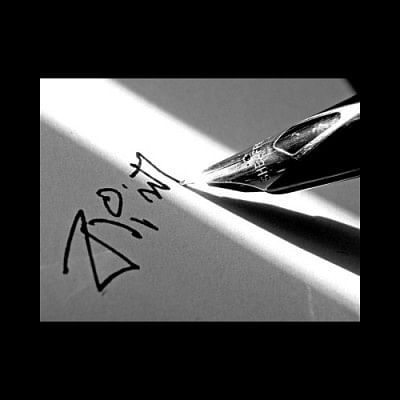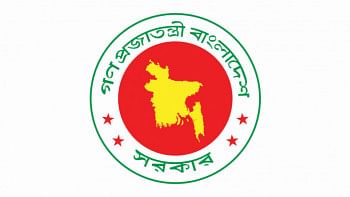The extinction of Bangla

Every year the month of February makes me immensely proud to be a native speaker of Bangla. At the same time I am also happy to be writing this article in English. Although purists will denounce the use of any other language during this month it would be good to remember that February 21 was made more auspicious with its recognition as the International Mother Language Day, and therefore all languages are equally important.
As a linguist in Bangladesh working with Bangla, the month of Ekushey can be somewhat amusing. With all kinds of purists coming out of the woodwork, we are constantly bombarded with questions and requests to preserve the purity of Bangla. If you humour the diatribe of the purists you would begin to believe that Bangla is on the brink of extinction. Their grievances seem to be centered on two issues: usage of non-standard dialectal variants and code-mixing. In other words, that the usage of other dialectal forms instead of the standard variety and the more serious sense– mixing English with Bangla, popularly known as Banglish, is distorting Bangla to the point of extinction.
For those who take issue with non-standard dialectal forms, it should be noted that the standard variety is a dialect too, one that was selected and transfigured into the standard variety through a conscious sociopolitical decision making process. Part of that standardisation process is the establishment of institutions for the purpose of codification and preservation of the variety. Therefore, while non-standard dialectal forms will seep into a speaker's idiolect depending on their linguistic and educational background, it by no means poses a threat to the standard variety.
On the other hand, a considerably larger group takes umbrage with the mixing of English with Bangla, often exemplified by the variety marked by Radio Jockeys (RJs). Purists of Bangla are obviously blended by the mixing of any language with Bangla; but more interestingly, natural bilinguals i.e. those who are proficient in both English and Bangla and mix them freely in speech, also take serious issue with the RJ type variety of Banglish. The reason for the latter group to find the RJ variety different and 'unnatural' is primarily due to the difference in how the two languages are mixed. Natural bilinguals usually utilise syntactic breaks to switch from one language to another, while the RJ variety mixes the two hitherto, usually to create an impression of fluency in English.
Whatever the mechanism of code-mixing and whether non-standard dialectal forms are used or not, the Bangla language is by no means endangered or even under threat. In fact, Bangla is the fifth most widely spoken language in the world. Every variation that arises is a natural part of the evolution of Bangla. People seem to be under the impression that using non-standard forms will render the standard variety obsolete. Given that there are instituionalised efforts to preserve and maintain the standard variety the probability of it becoming obsolete is nearly zero.
It is the nature of languages to be in a constant state of flux. Interestingly, the so-called distortion or 'destruction' of Bangla that has purists so worried is actually a sign of Bangla being a live and vibrant language. Such variation is what keeps a language alive, making it a robust living language. A living language is like a freely flowing river. It has a life of its own. If you try to control or even stop the evolution of a language by strictly prescribing its rules of usage, you will find that the natural variety – that which the speakers use in spontaneous speech – will continue to flow on, while the prescribed variety language will become fossilised in books, leading to its inevitable demise. Such was the fate of dead languages such as Sanskrit and Latin.
The concept of purity in any language is a fallacious one. Variants such as Banglish are simply another step in the evolution of Bangla. In fact Banglish can be considered a city based urban dialect of Bangla. We should revel in the fact that a new variety has arisen in our own city amongst a particular age group through access to media, which in itself reflect interesting social factors.
There is no denying that the standard variety has its particularly delineated spheres of usage with codified books serving as recommended guidelines of usage. But that does not mean we should shackle the language in the form of the standard variety and oppose any sort of variation that naturally arises through group usage by labeling it as a distortion of the language. Variation in any language is the will of the language to live; it is the life of the language.
The writer is Professor, Department of Linguistics University of Dhaka

 For all latest news, follow The Daily Star's Google News channel.
For all latest news, follow The Daily Star's Google News channel. 



Comments